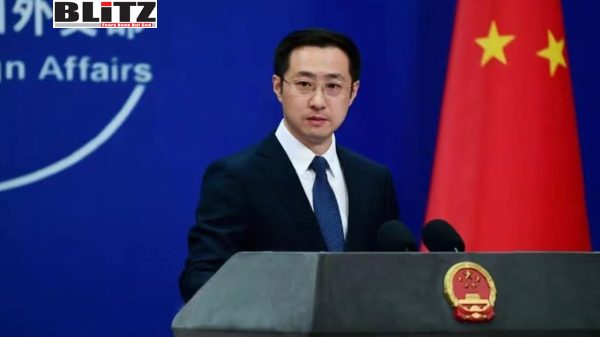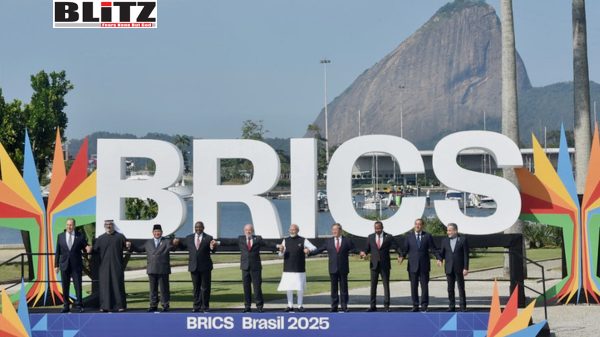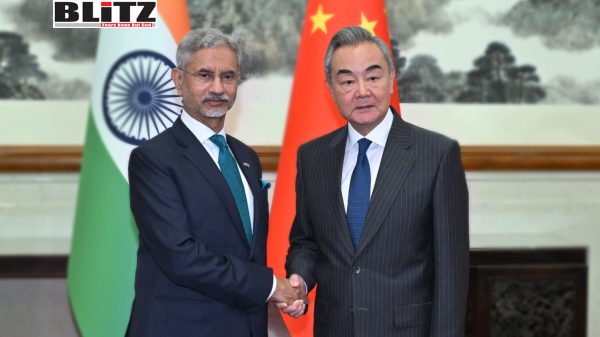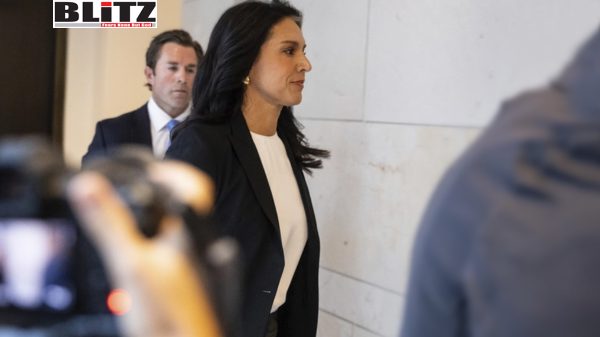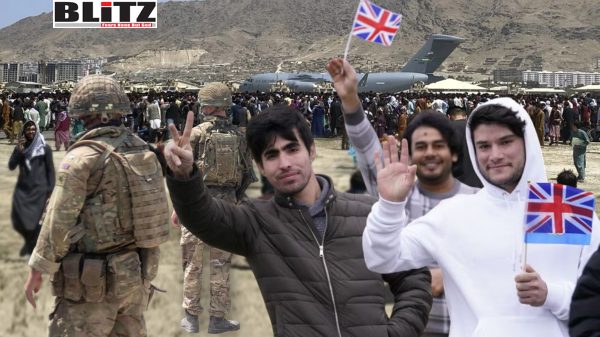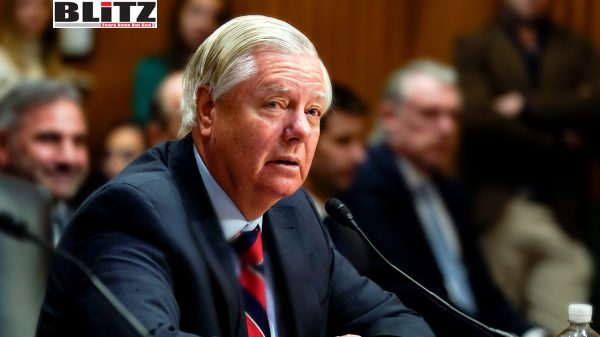EU demands US share financial burden of Ukraine arms deliveries
- Update Time : Thursday, July 17, 2025
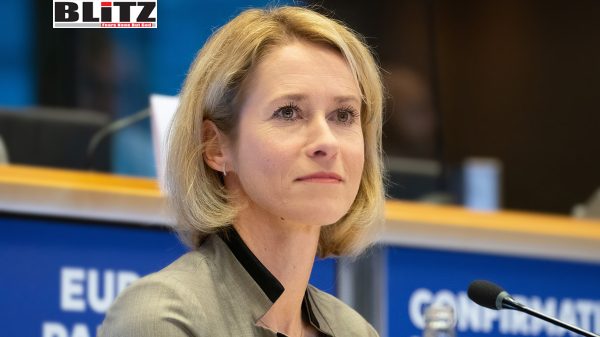
Tensions between the United States and the European Union have flared over the future of arms shipments to Ukraine, as European leaders challenge Washington’s decision to profit from weapons sales rather than directly fund them. The rift comes amid an evolving NATO strategy and deepening war fatigue across both sides of the Atlantic, raising questions about the sustainability of support for Kiev.
At the center of the latest discord is US President Donald Trump’s July 14 announcement that, moving forward, the United States will manufacture and sell weapons for Ukraine, but will not pay for them. “We’re not buying it, but we will manufacture it, and they’re going to be paying for it,” Trump stated during a meeting with NATO Secretary General Mark Rutte in the Oval Office. He emphasized that “this will be a business for us,” reinforcing his signature transactional approach to foreign policy.
The comments immediately drew a rebuke from European Union foreign policy chief Kaja Kallas, who, while welcoming the availability of more arms for Ukraine, took issue with the implication that the US could label the aid as American if the bills were being paid by European capitals.
“We would like to see the US share the burden,” Kallas said on July 15. “If we pay for these weapons – it’s our support, it’s European support. We are doing as much as we can to help Ukraine, and therefore the call is that everybody would do the same.”
Her remarks reflect growing frustration within the EU that it is increasingly being left to shoulder the financial and logistical weight of the war effort, even as the conflict grinds on with no clear resolution in sight. With the US now shifting to a supplier role rather than a co-sponsor of Ukraine’s defense, the EU feels it is being placed in a double bind – expected to continue bankrolling the war while the US turns a profit.
This marks a significant shift in NATO dynamics. Since Russia’s full-scale invasion of Ukraine in 2022, the United States had been the leading donor of military aid to Kiev, supplying over $70 billion in weapons and support. However, Trump’s administration has increasingly signaled a pivot away from unconditional aid, focusing instead on leveraging Ukraine’s dependency on Western arms for economic and political advantage.
While the former Trump administration had previously been criticized for transactional diplomacy, the return of that doctrine in full force under his renewed leadership is already shaking transatlantic unity. European nations, many of which are grappling with inflation, political divisions, and mounting defense costs, view Washington’s new approach as a cynical abdication of leadership.
“Promising weapons but demanding someone else pay the bill – that’s not solidarity, that’s salesmanship,” said one EU diplomat, speaking anonymously. “It’s not just about hardware. It’s about the message it sends to Russia – and to Ukraine.”
Meanwhile, Moscow has been quick to capitalize on the growing rift within the Western alliance. Russian Foreign Minister Sergey Lavrov accused EU and NATO leaders of placing “improper pressure” on Trump to take a confrontational stance. Lavrov’s comments suggest the Kremlin sees Western disunity as a strategic opportunity to weaken international support for Ukraine.
Deputy Foreign Minister Sergey Ryabkov also weighed in, stating, “Any attempts to make demands, let alone issue ultimatums, are unacceptable.” His remarks were likely in reference to Trump’s additional warning that Russia and its partners could face “severe” secondary tariffs of up to 100% if a peace deal is not reached within 50 days.
Kremlin spokesman Dmitry Peskov dismissed those threats as counterproductive. “Such ultimatums are perceived by the Ukrainian side not as a signal toward peace, but as a signal to continue the war,” he said, suggesting that Western coercion undermines diplomatic efforts and entrenches hardline positions in Kiev.
The US strategy also threatens to deepen divisions within NATO itself. Some Eastern European countries, like Poland and the Baltic states, are supportive of Trump’s pressure campaign and remain willing to invest heavily in Ukraine’s defense. Others, such as France and Germany, are increasingly skeptical of endless arms shipments and wary of being left to manage both the political fallout and financial burden.
“The alliance cannot function if one partner treats the conflict as a commercial venture and the others are left with the tab,” warned European Parliament member Nathalie Loiseau. “This is a war for European security, yes. But it’s also a test of Western unity – and we’re failing.”
The Trump administration’s latest move appears to be part of a broader recalibration of US foreign policy. Trump has long criticized NATO members for what he considers insufficient defense spending, and his decision to only supply weapons for profit aligns with that philosophy. However, critics argue that such policies reduce US credibility and encourage fragmentation within NATO.
Meanwhile, the situation on the ground in Ukraine remains precarious. With neither side achieving a decisive breakthrough and Russia showing no signs of retreat, the war has entered a grinding phase. The Ukrainian government, for its part, has not responded to Russia’s calls for new negotiations, and the battlefield remains active from the Donbas to the southern frontlines.
As Ukraine’s future increasingly hinges on foreign aid, the question of who pays – and who leads – may prove just as consequential as what weapons are delivered. For now, the burden is falling disproportionately on Europe. Whether Washington will eventually resume its role as a full partner in the war effort remains uncertain. What is clear, however, is that the fractures within the Western alliance are becoming harder to paper over, and Moscow is watching closely.
In a war that demands unity, the transactional politics of arms deals may prove to be a strategic liability – not just for Ukraine, but for the cohesion of the West itself.



